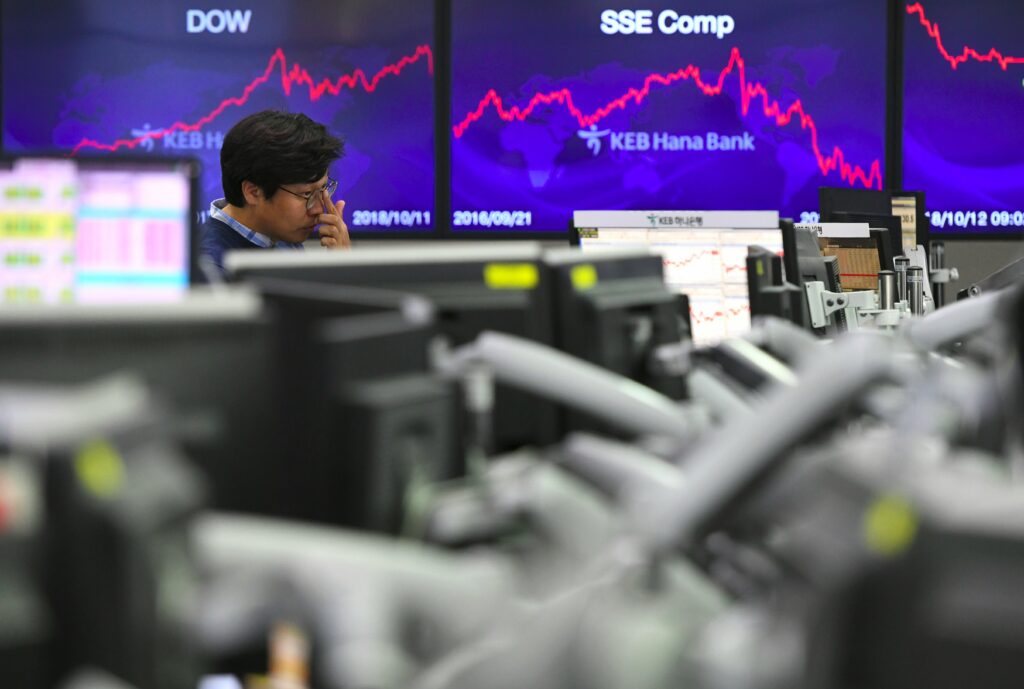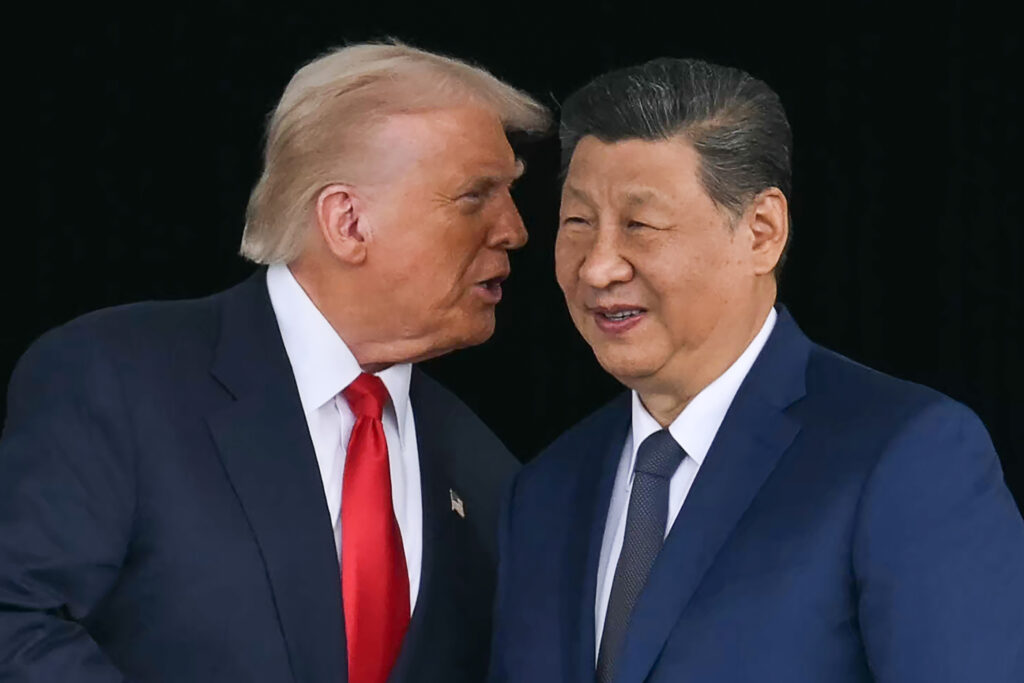European stocks fall after gains in Asia, US
European stock markets dropped Thursday following gains in Asia and on Wall Street as traders reacted to positive US jobs data and mixed earnings.The Bank of England is expected to keep its key interest rate unchanged in a decision due at 1200 GMT, but some analysts are not ruling out a cut before a UK budget next month that is set to feature tax rises.Asian stock markets closed higher following US gains Wednesday, clawing back some of the hefty losses suffered earlier in the week on AI bubble fears.”A reading implying an improved jobs market in the US proved helpful to sentiment on financial markets,” noted AJ Bell investment director Russ Mould.Jobs growth in the US private sector soared past analysts’ expectations in October, payroll firm ADP said Wednesday, while it was one of the few economic indicators to come out in recent weeks owing to the US government shutdown.Private sector employment jumped by 42,000 in October, rebounding from a loss of 29,000 jobs in September.Mould added signs that a majority of the US Supreme Court was sceptical about the legality behind a swath of President Donald Trump’s sweeping tariffs also lent support to equities.Weighing on European sentiment were some poorly-received company earnings and official data that showed industrial production in Germany rebounded less than expected in September.Shares in Hikma Pharmaceuticals slumped 11 percent on London’s top-tier FTSE 100 index after the company lowered its profit forecast.Legrand, the French maker of electrical products, shed 10 percent after revenue rose less than forecast.Elsewhere, the European Union on Thursday announced a formal antitrust probe against stock exchange operators Nasdaq and Deutsche Boerse over “possible collusion” involving financial derivatives.- Key figures at around 1045 GMT -London – FTSE 100: DOWN 0.3 percent at 9,749.71 pointsParis – CAC 40: DOWN 0.4 percent at 8,042.98Frankfurt – DAX: DOWN 0.1 percent at 24,036.98Tokyo – Nikkei 225: UP 1.3 percent at 50,883.68 (close)Hong Kong – Hang Seng Index: UP 2.1 percent at 26,485.90 (close)Shanghai – Composite: UP 1.0 percent at 4,007.76 (close)New York – Dow: UP 0.5 percent at 47,311.00 (close)Euro/dollar: UP at $1.1510 from $1.1488 on WednesdayPound/dollar: UP at $1.3062 from $1.3048Dollar/yen: DOWN at 153.80 yen from 154.13 yenEuro/pound: DOWN at 88.12 pence from 88.40 penceBrent North Sea Crude: UP 0.6 percent at $63.88 per barrelWest Texas Intermediate: UP 0.7 percent at $60.02 per barrelburs-bcp/lth





